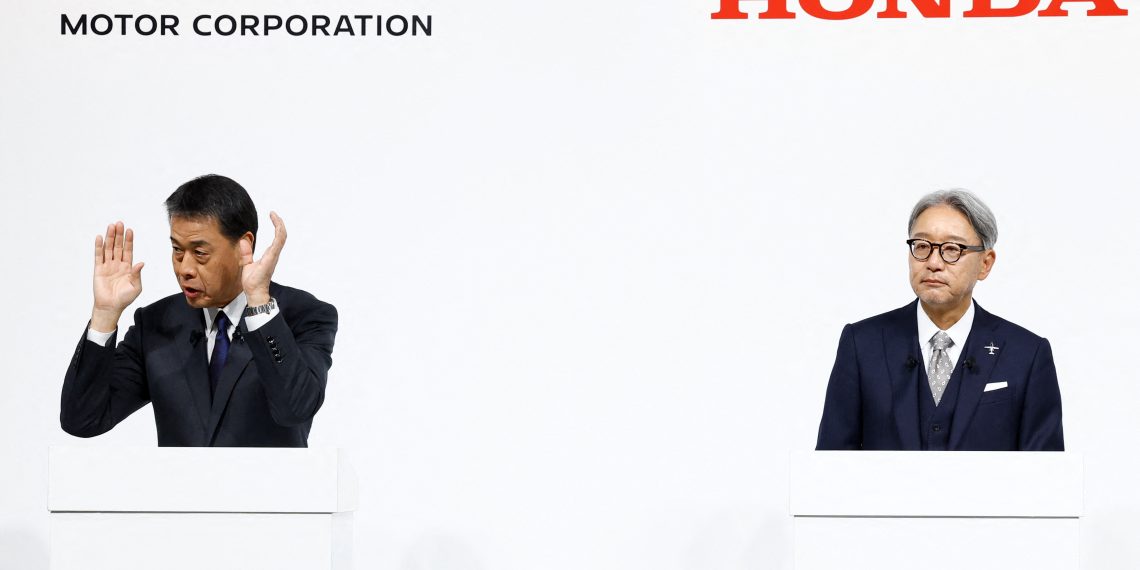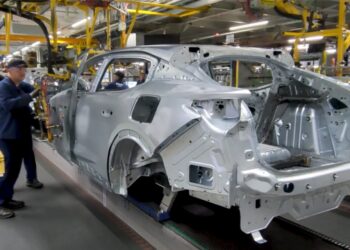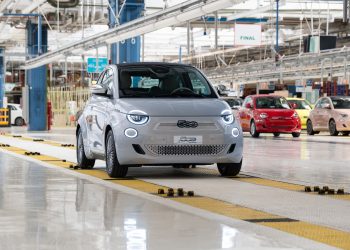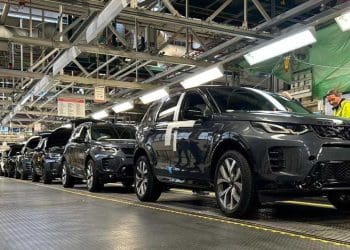The highly anticipated merger between Honda and Nissan has officially fallen apart, putting an end to what could have been one of the most significant consolidations in Japanese automotive history.
Originally signed on December 23, 2024, the Memorandum of Understanding (MoU) aimed to establish a new holding company that would integrate the two Japanese auto giants by 2026. However, as rumors of a power struggle surfaced, it became evident that the deal was in jeopardy. Now, both companies have released identical statements confirming that merger discussions are officially over.
What Went Wrong? Honda Wanted Control Over Nissan
One of the biggest revelations in the official statement is that Honda proposed a structure that would have made Nissan a subsidiary, rather than equal partners in a holding company.
“Honda proposed changing the structure from establishing a joint holding company, where Honda would appoint the majority of directors and the chief executive officer based on a joint share transfer as initially outlined in the MOU, to a structure where Honda would be the parent company and Nissan the subsidiary through a share exchange.”
This confirms earlier speculation that Honda was looking for dominance in the deal, which likely led to Nissan rejecting the agreement.
Mitsubishi Also Walks Away
Another blow to the proposed integration is the termination of a separate MoU signed by Honda, Nissan, and Mitsubishi. Mitsubishi was expected to play a supporting role in the alliance, but with the primary deal now dead, that agreement has also been canceled.
Why This Merger Mattered
The Honda-Nissan merger was seen as a strategic response to the challenges facing the auto industry, including:
✔ The EV revolution, with both companies struggling to keep pace with Tesla, BYD, and traditional rivals like Toyota.
✔ Rising development costs for new technologies such as autonomous driving and connected car systems.
✔ Global economic uncertainty, which has made consolidation an attractive option for major manufacturers.
By joining forces, Honda and Nissan could have pooled resources to accelerate EV and hybrid development, cut costs, and compete more aggressively in global markets.
What Happens Next?
Now that the merger is off the table, both Honda and Nissan will have to chart their own paths forward:
🔹 Honda may seek other strategic alliances, possibly with foreign automakers, as it looks to expand its EV production and software capabilities.
🔹 Nissan remains part of the Renault-Mitsubishi-Nissan Alliance, though that partnership has also had its challenges in recent years. Nissan will likely double down on its independent recovery efforts.
🔹 Mitsubishi, having backed out of this deal, may now focus on strengthening its position within the Renault-Nissan-Mitsubishi Alliance.
Final Takeaway
The collapse of this potential automotive powerhouse underscores just how difficult mergers in the auto industry can be. Power struggles, cultural differences, and strategic priorities all played a role in derailing what could have been a game-changing partnership.
For now, Honda and Nissan will remain fierce competitors rather than partners, leaving both companies to find their own way in the rapidly evolving automotive landscape.













